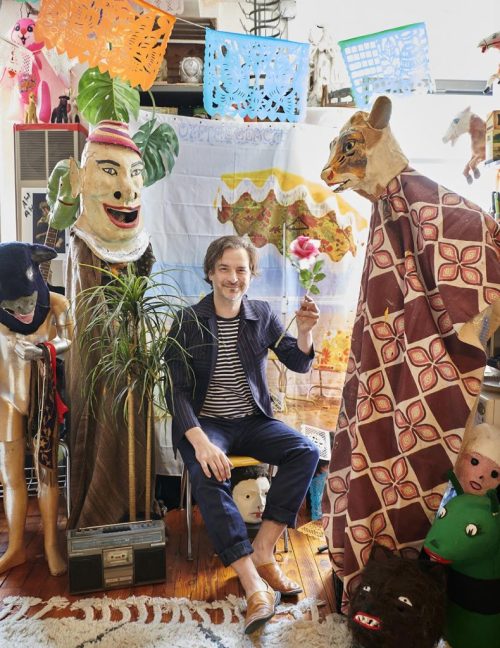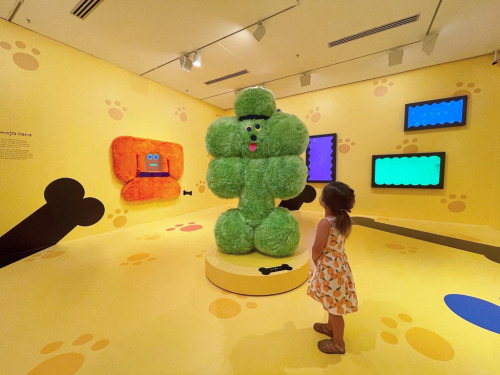A quick snapshot of what Dikeou Collection artists have been up to over the past month, and what to look forward to next month.

Devon Dikeou, Cajole: Oriental Opulence and Tropical Paradise, 1992 Ongoing, Artificial Flowers and Plants, Plant Identification Sign, Mirrored Planter Replicating Mall Ambiance, 3′ x 3′ x 8′ each, Unique, 2 AP′s; image courtesy artist and The Dikeou Collection
Devon Dikeou will infiltrate NADA New York 2022 at Basketball City with a number of her “Cajole” installations throughout the fair environment.
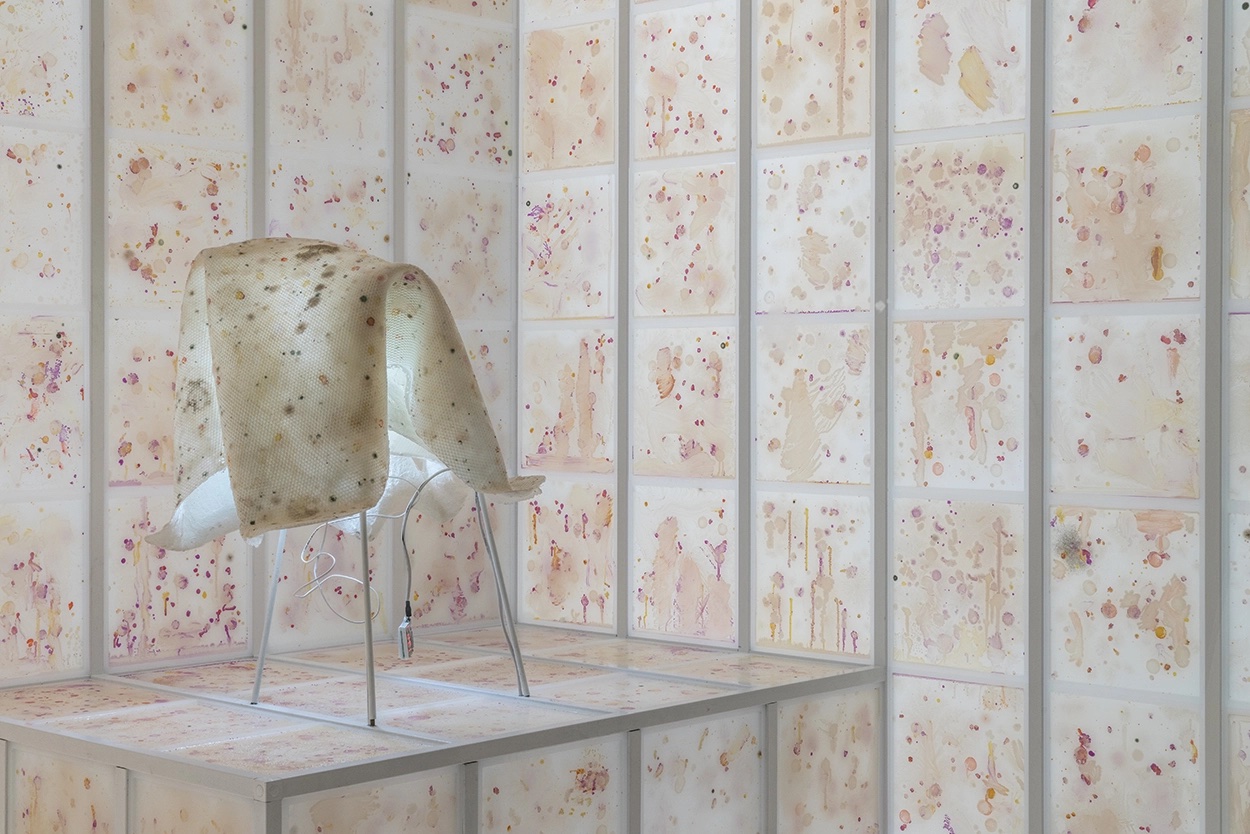
Anicka Yi: Force Majeure, 2017, plexiglass, aluminum, agar, bacteria, refrigeration system, LED lights, glass, epoxy resin, powder coated stainless steel, light bulbs, digital clocks, silicone, and silk flowers; image courtesy Guggenheim Museum, New York.
Anicka Yi was recently featured two Art in America articles about Bio Art by Claire Pentecost and Josie Thaddeus-Johns.
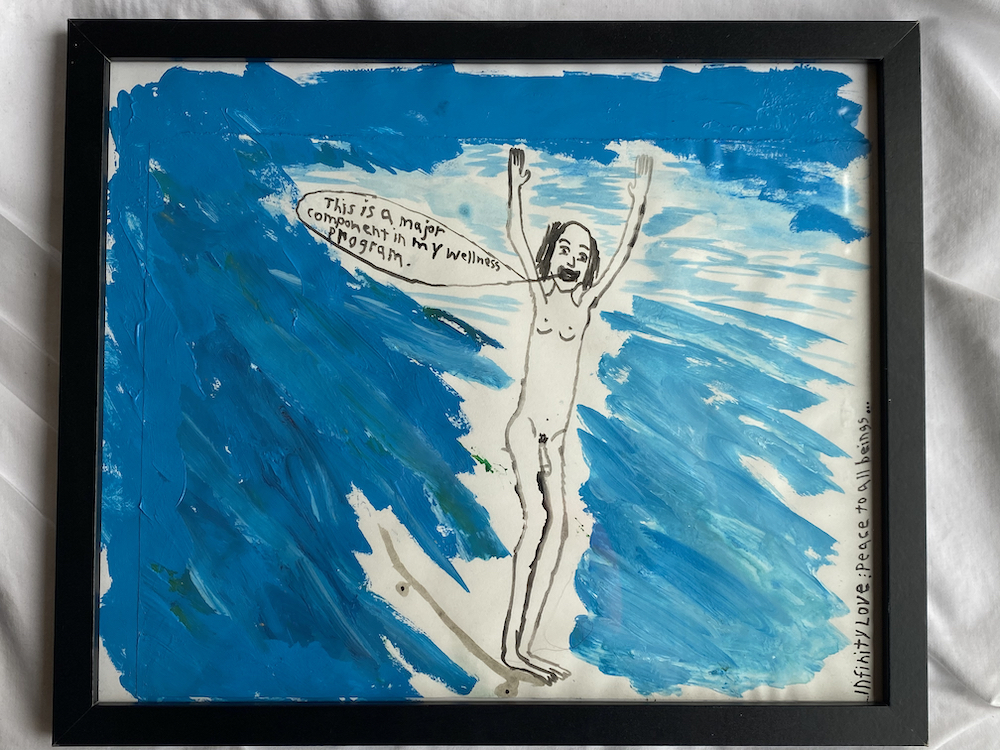
Artwork by Chris Johnson; image courtesy the artist
Chris Johanson exhibited work in The Power of Pablo group art show and benefit at SOMArts in San Francisco.
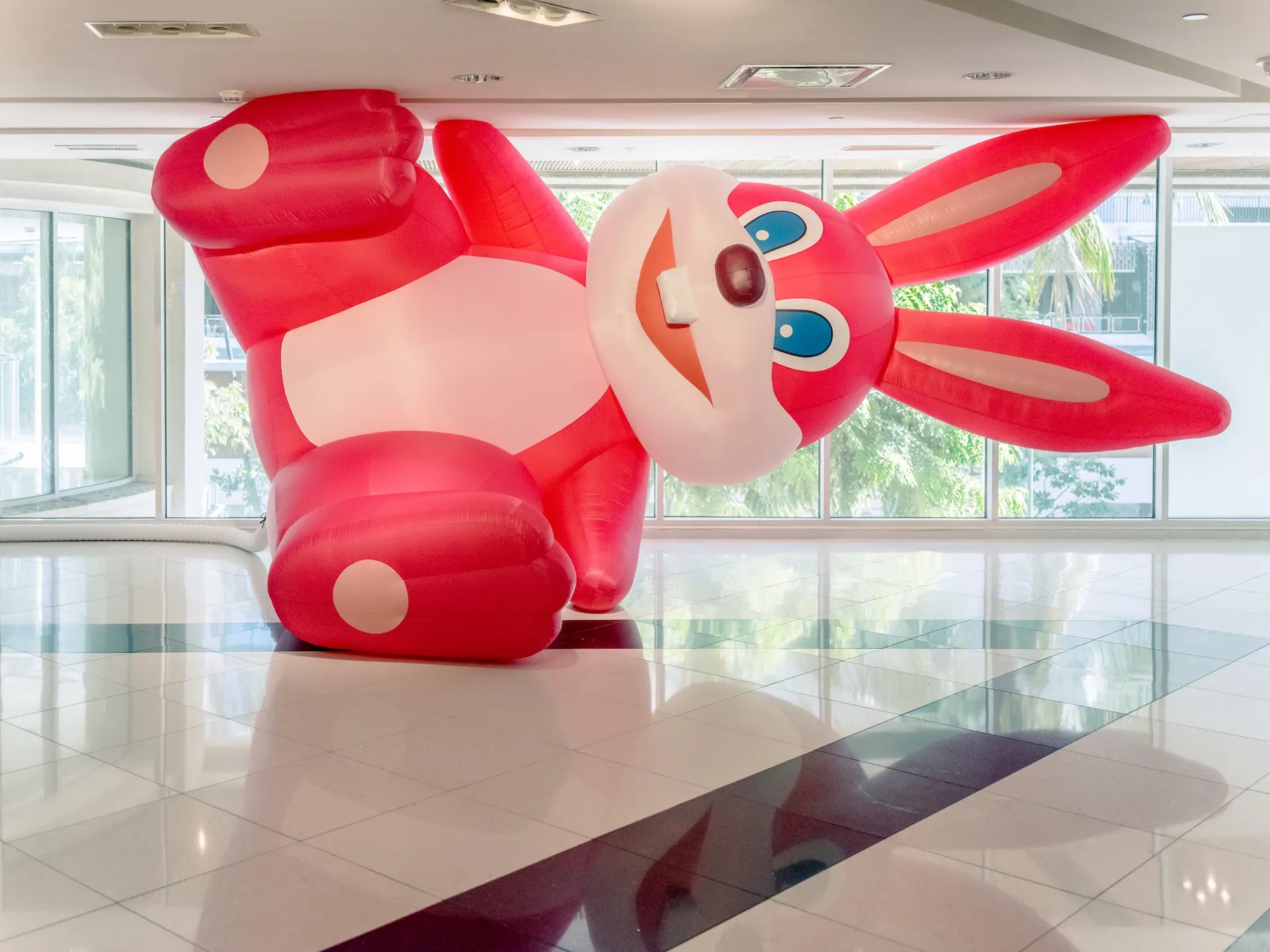
Momoyo Torimitsu, Somehow I don’t feel comfortable, 2021, nylon, air blower, sound. At the Royal Hawaiian Center, Waikīkī; image courtesy of the artist and Hawai‘i Contemporary. © Momoyo Torimitsu. Photo: Lila Lee.
Momoyo Torimitsu’s “Somehow I Don’t Feel Comfortable” (a fan favorite at The Dikeou Collection!) is blowing up at the Hawai’i Triennial with mentions in The Art Newspaper, Town and Country Magazine, and Artsy
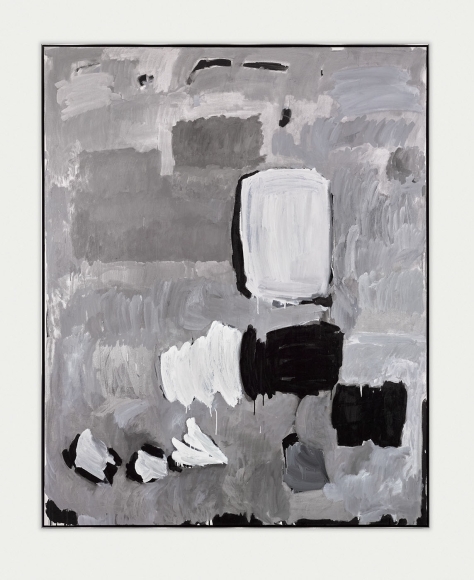
Margaret Lee, Inner Form, #1 (white, black, sliver), 2022, oil paint on canvas. Brushed alluminum frame, 60h x 48w in; image courtesy the artist and The Green Gallery
Margaret Lee is currently exhibiting a dual exhibition with Alex Kwartler, you make your pike, here, at The Green Gallery in Milwaukee, Wisconsin
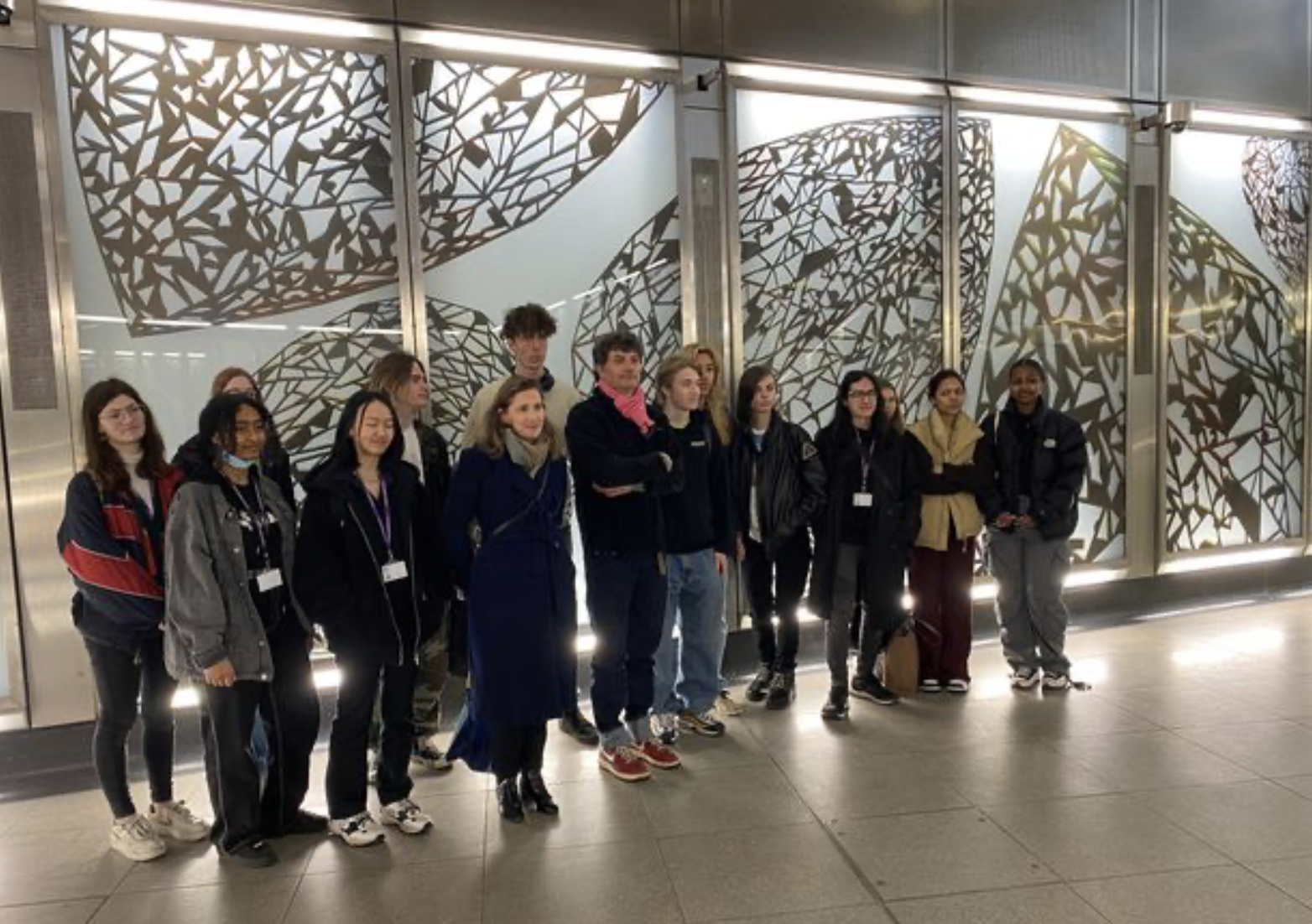
Simon Periton and TfL's Eleanor Pinfield with the students of St Mary Magdalene Academy Islington in front of his work, Avalanche; image courtesy Callum Marius of My London News
Simon Periton contributed two installations to the new Elizabeth line station in London
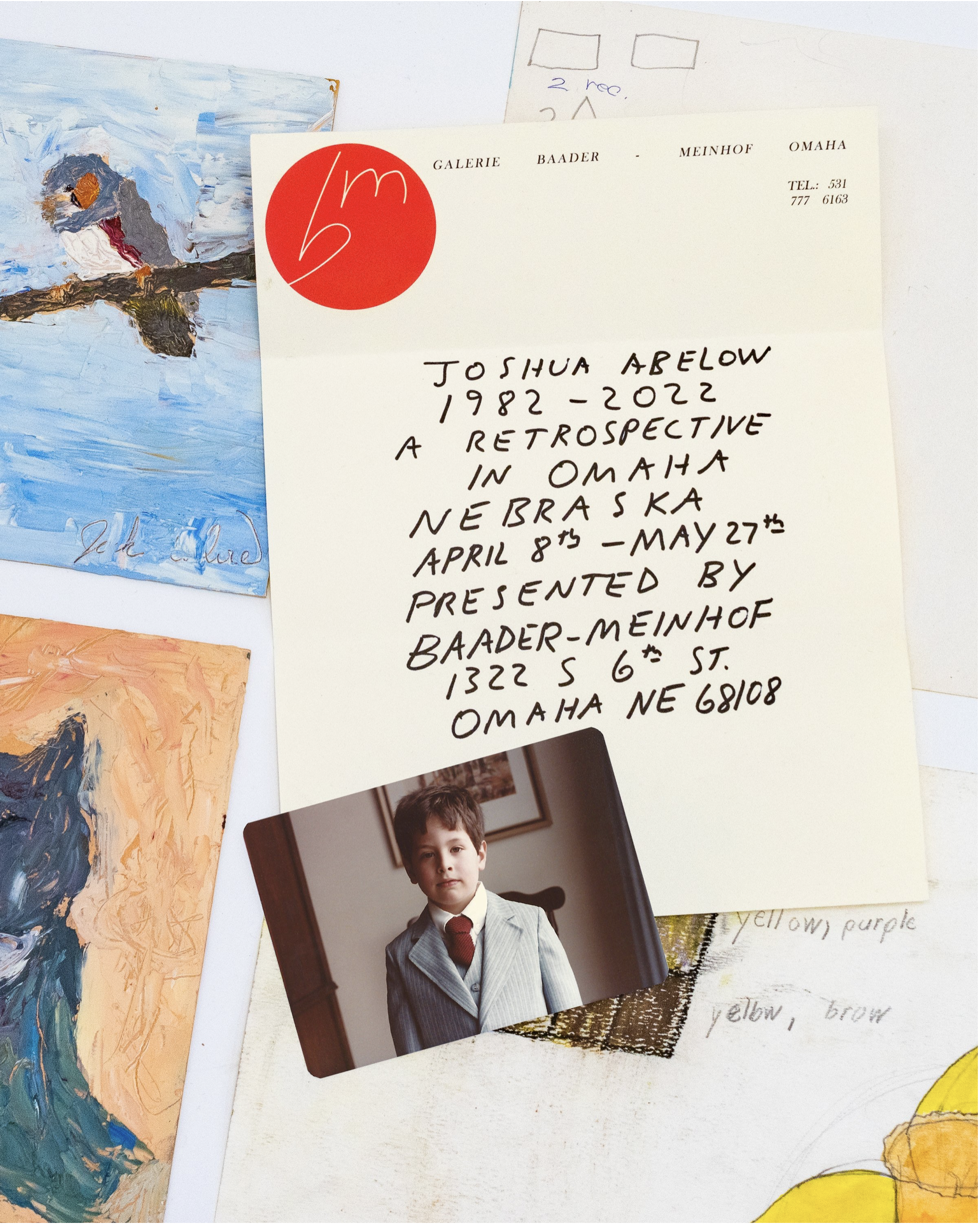
Image courtesy Baader-Meinhof Gallery
Joshua Abelow opens a retrospective at not one, not two, but FIVE venues across the country (plus one in Copenhagen) this April through May. Full exhibition information can be found at joshuaabelow.com.

Wade Guyton, ‘Untitled Action Sculpture (Chair),’ 2001; image courtesy the artist and Luxembourg + Co.
Wade Guyton is exhibiting work in Bad Manners, a group show at Luxembourg + Co.

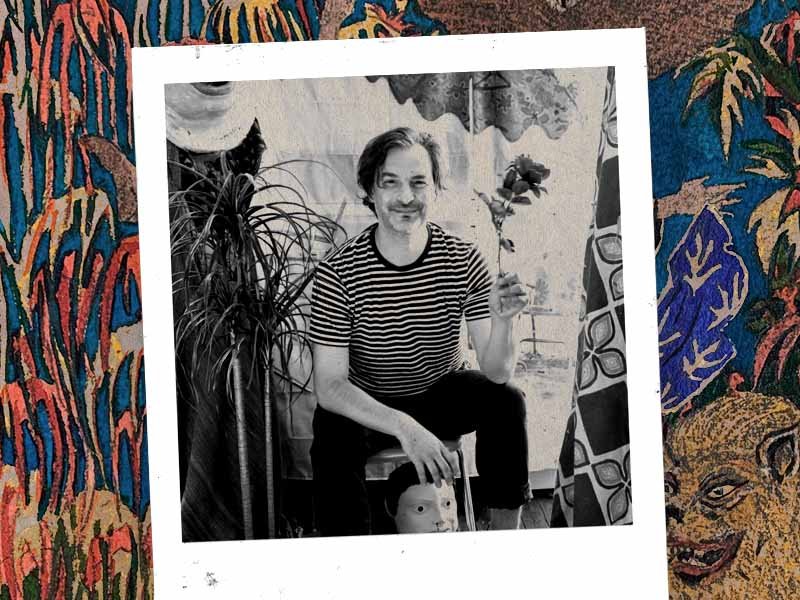
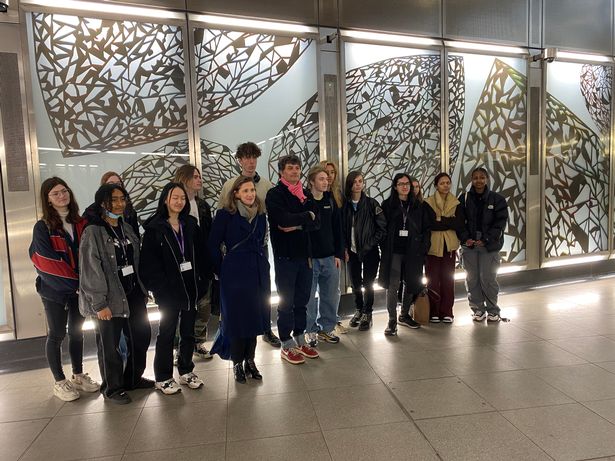
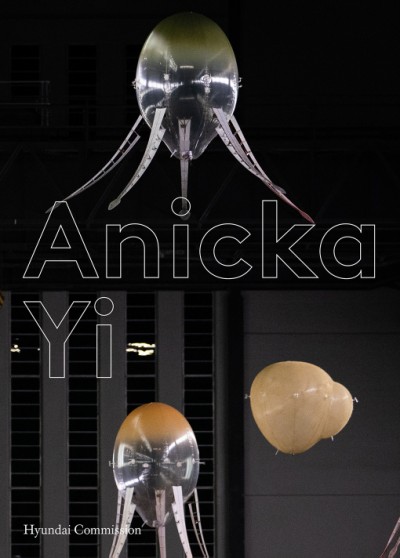

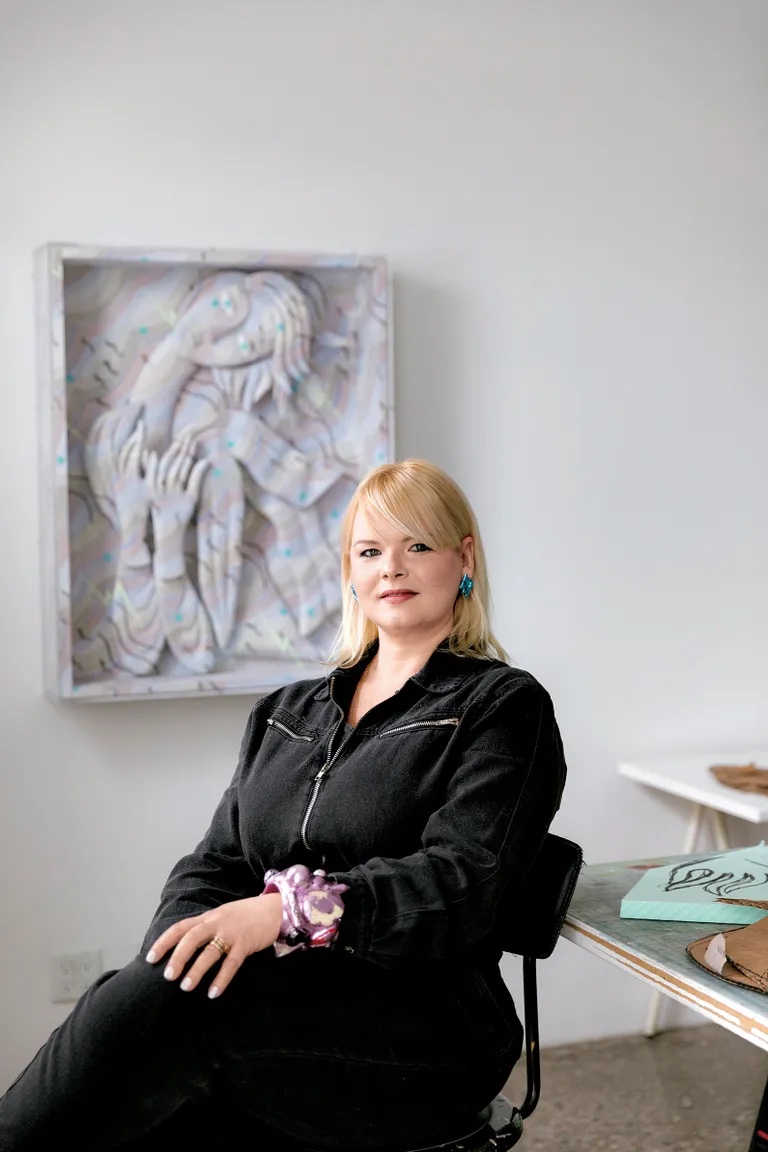


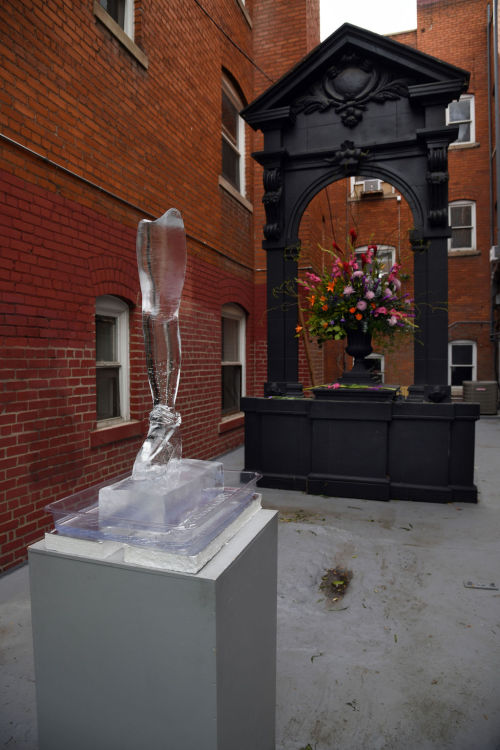
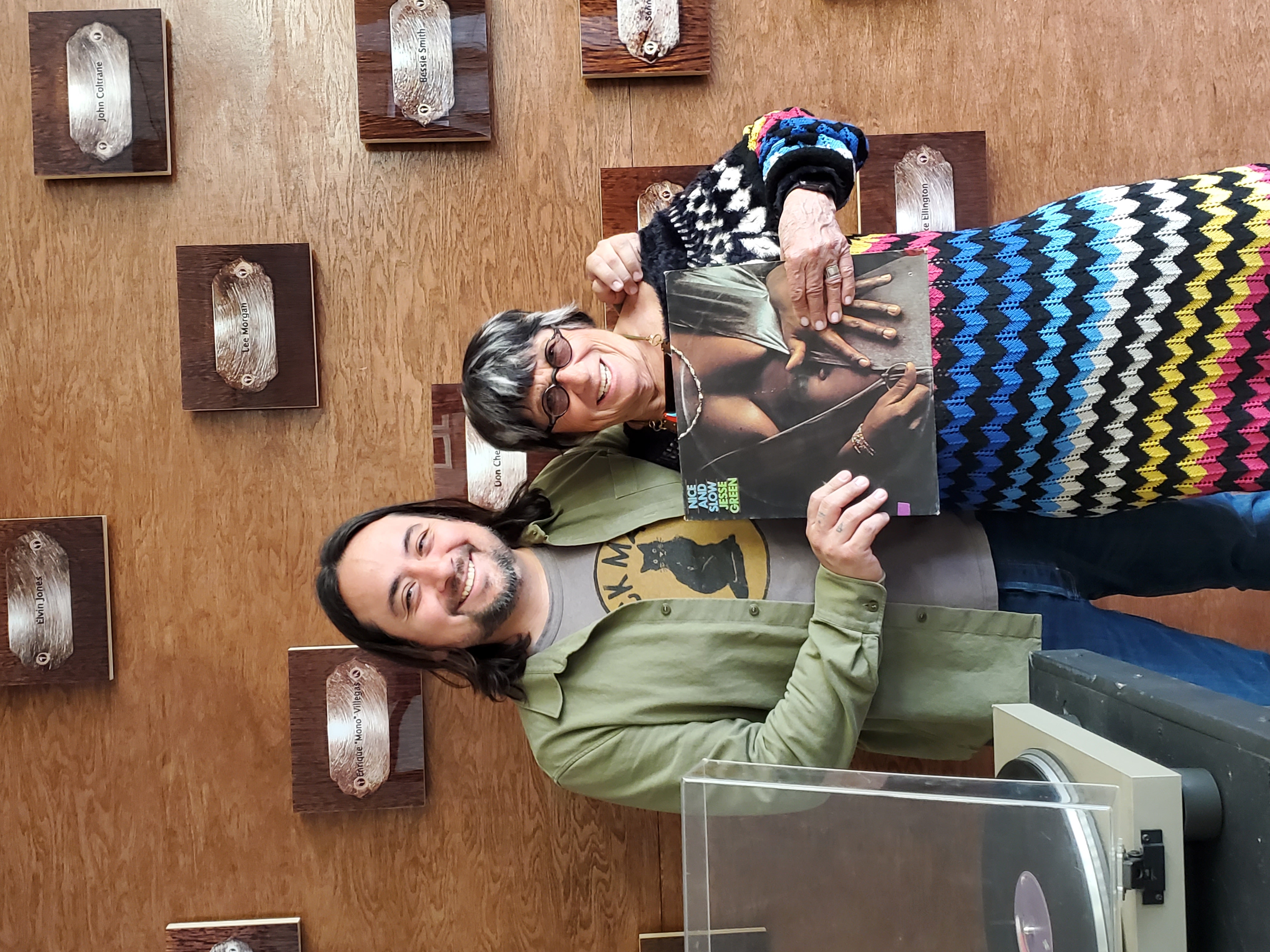
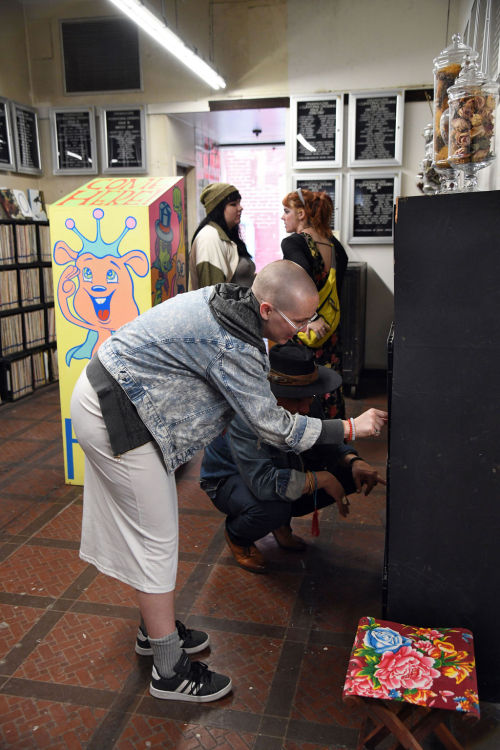
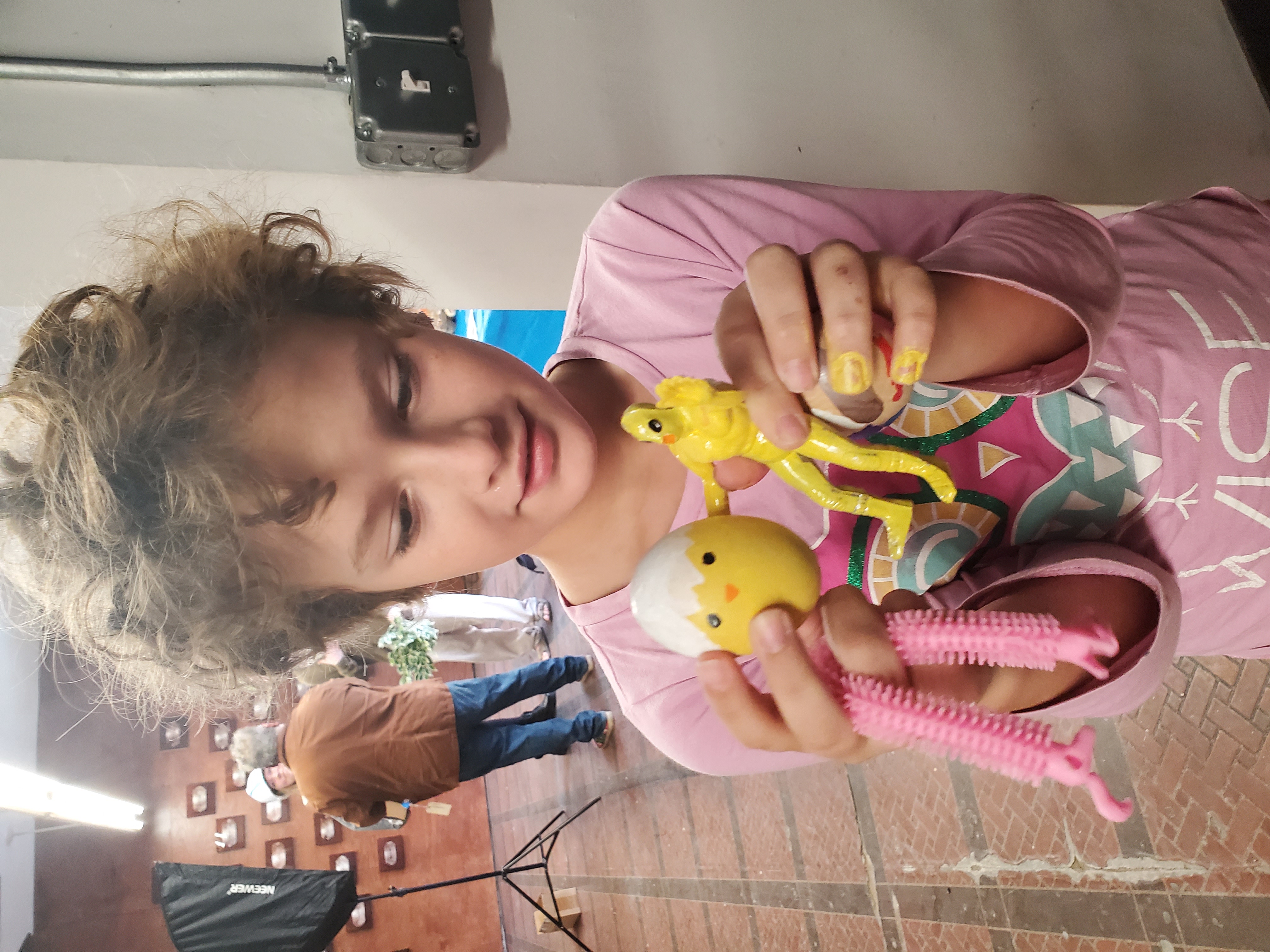


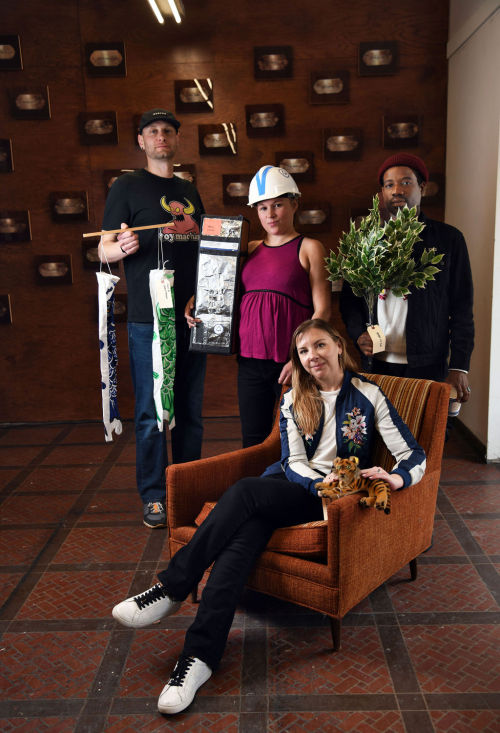
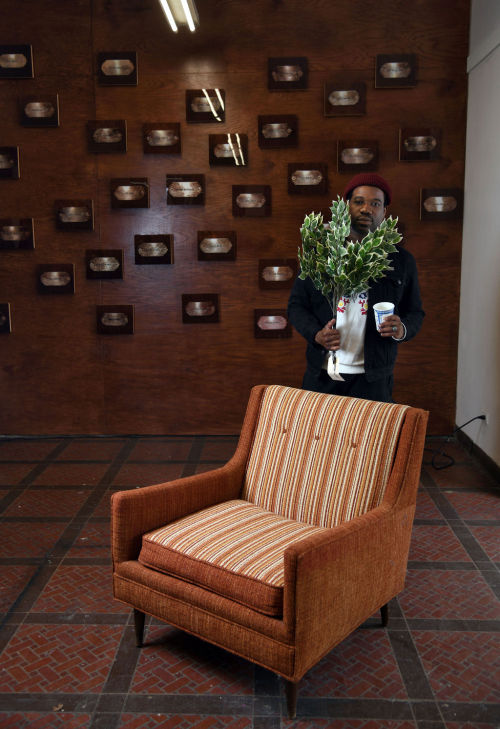
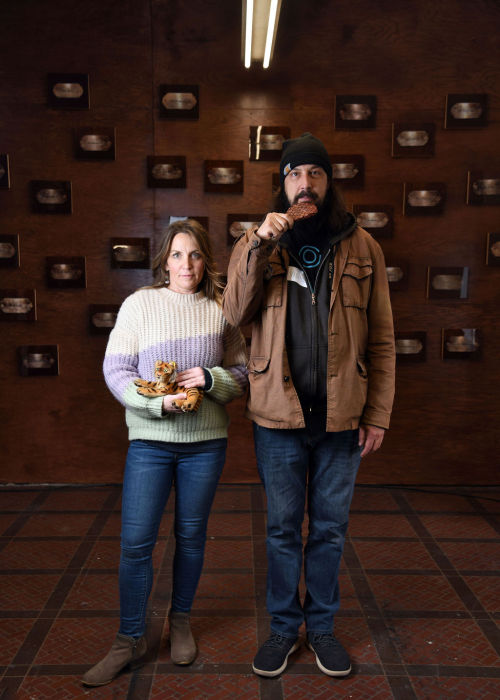


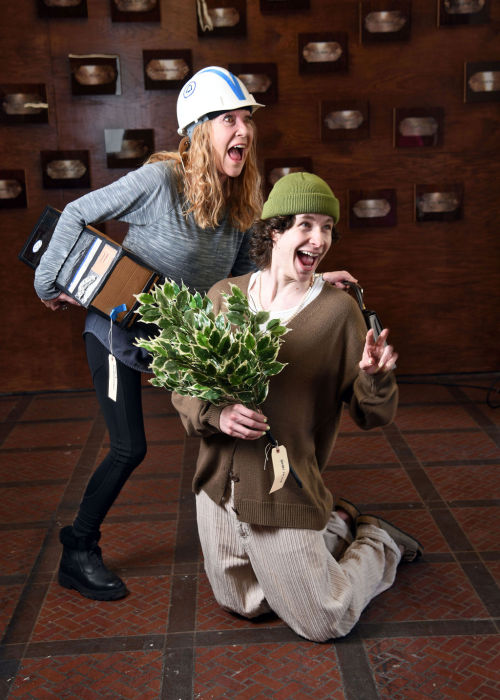

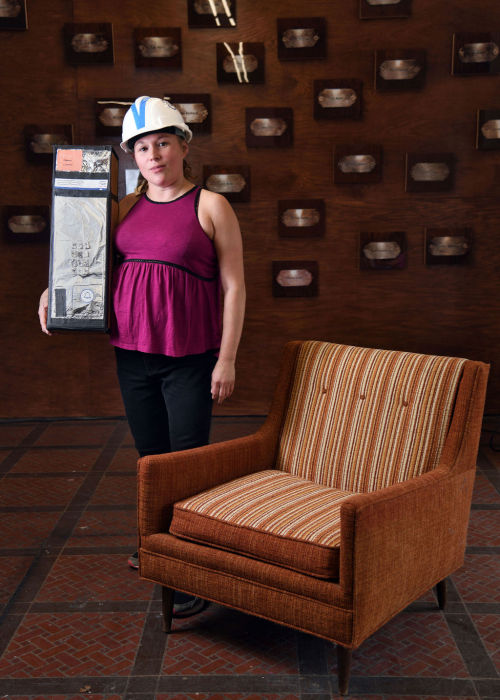
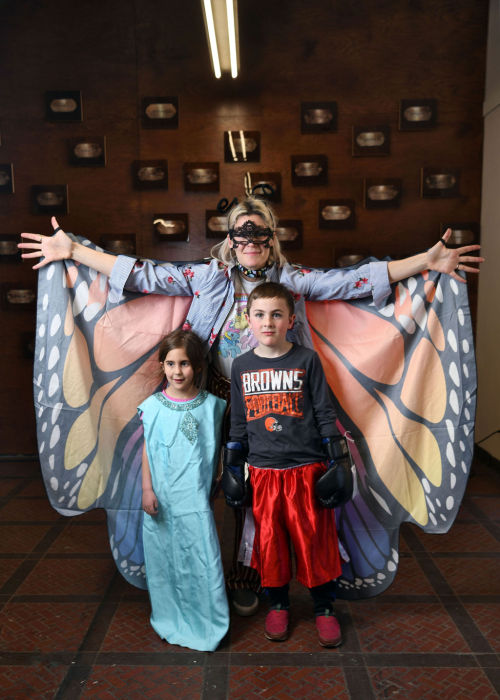
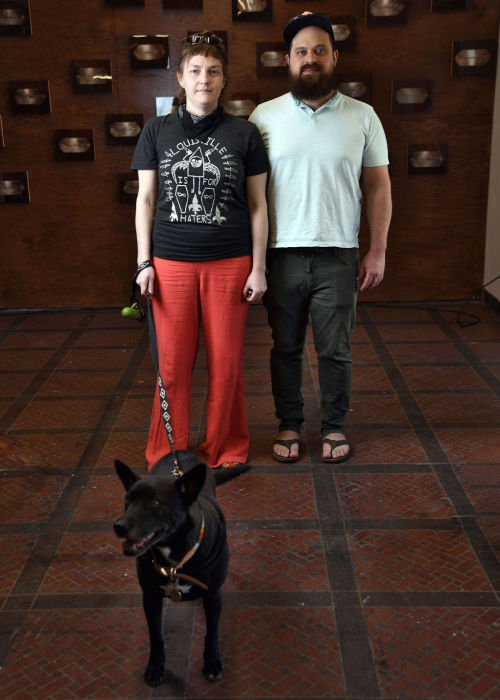



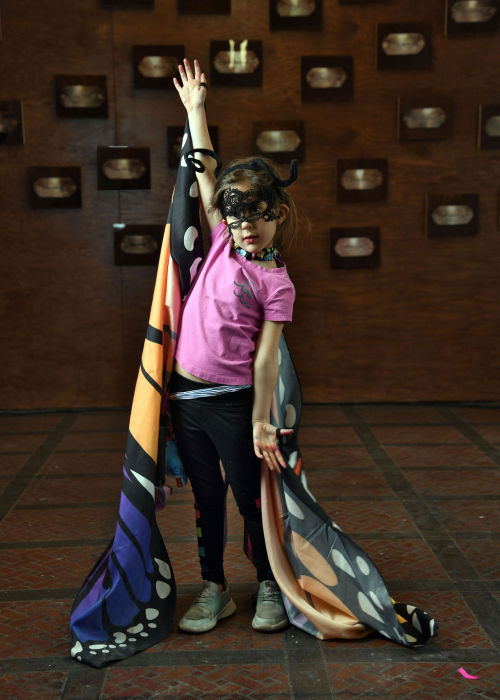







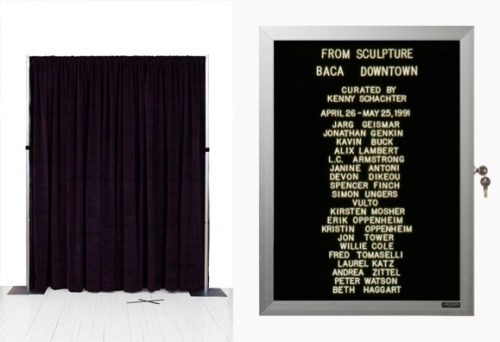
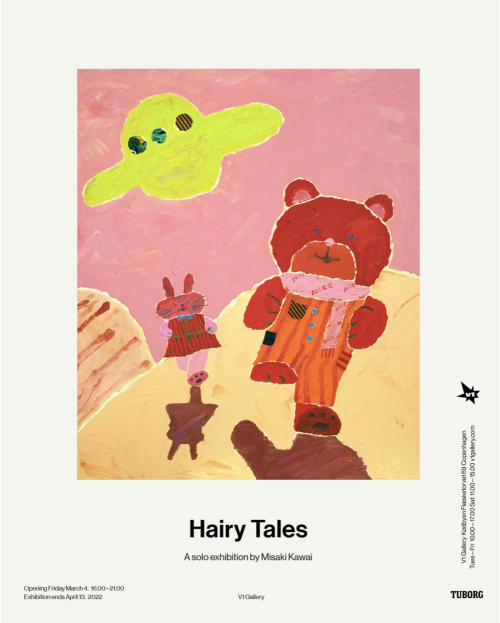



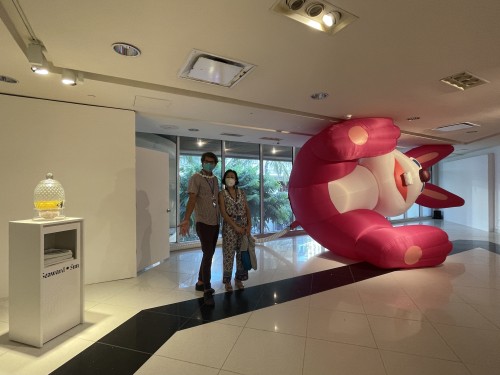
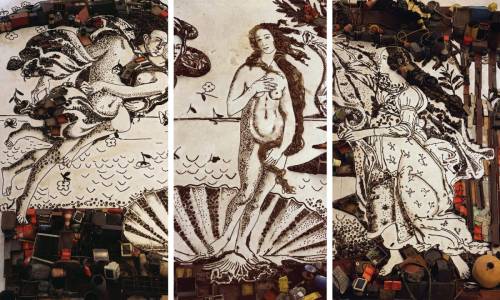
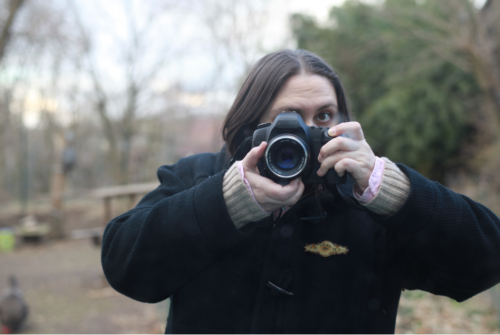
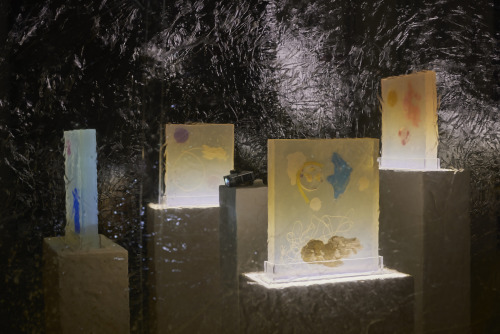
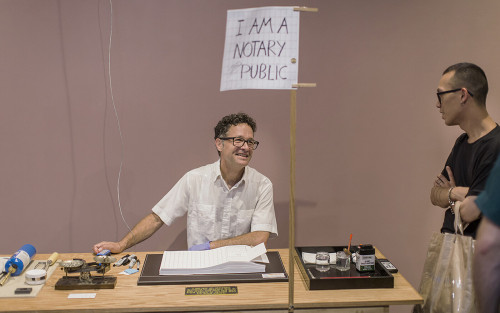 © 2017 Scott Rudd
© 2017 Scott Rudd
